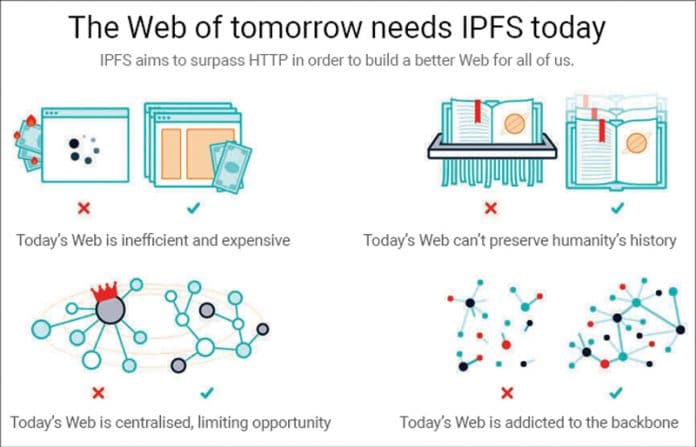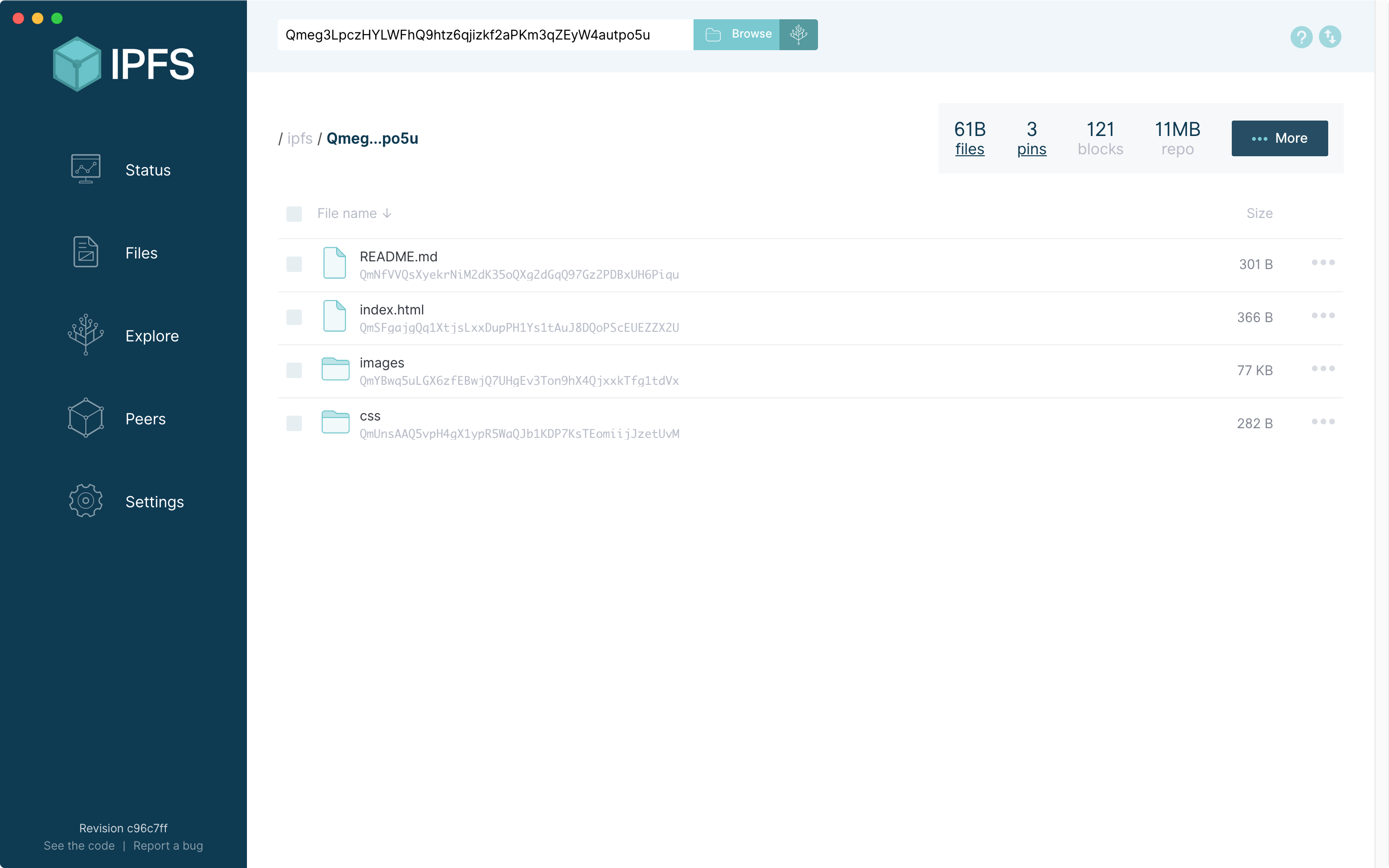


#IPFS HTTP CLIENT HOW TO#
This module started as a direct mapping from the go-ipfs cli to a JavaScript implementation, although this was useful and familiar to a lot of developers that were coming to IPFS for the first time, it also created some confusion on how to operate the core of IPFS and have access to the full capacity of the protocol. Eventually, we should have a good understanding of where we need to improve communications and teaching together to make IPFS and IPN better. If you don't know a term, odds are, someone else doesn't either. A good example would be asking, 'What is a merkledag tree?'. Contribute to the FAQ repository with any questions you have about IPFS or any of the relevant technology.Note that interface tests exist inside interface-ipfs-core. More eyes will help a) speed the project along b) ensure quality and c) reduce possible future bugs. As such, there's a few things you can do right now to help out: The js-ipfs-http-client is a work in progress. To ensure that the module conforms with the interface-ipfs-core spec, we run the batch of tests provided by the interface module, which can be found here. This will run both Node.js and Browser tests, both in Chrome and PhantomJS. We run tests by executing npm test in a terminal window. Import from ' ipfs-http-client ' Development Testing Ipfs Http Client Examples and Templates Use this online ipfs-http-client playground to view and fork ipfs-http-client example apps and templates on CodeSandbox. These can be accessed like this, for example: Static types and utilsĪside from the default export, ipfs-http-client exports various types and utilities that are included in the bundle: (oldName, newName, )Ĭall this on your client instance to return an object containing the host, port, protocol and api-path.()Įxplore the DAG API through interactive coding challenges in our ProtoSchool tutorial.BUT, and hear me out - it's SOOO much better at describing what the module is. ipfs.getReadableStream(ipfsPath, )Įxplore the Mutable File System through interactive coding challenges in our ProtoSchool tutorial. hey everyone If you're using one of the many HTTP client libraries for IPFS then this blog post is for you The important news is that we're renaming the HTTP client libraries from ipfs-api to ipfs-http-client.You can use it today to consult the methods available. This interface is a currently active endeavor. The response from this action returns an object that contains the CID of the uploaded data. Then, using the client.add function, we uploaded our data to IPFS. Js-ipfs-http-client follows the spec defined by interface-ipfs-core, which concerns the interface to expect from IPFS implementations. In the above code, we created a client instance using the imported create function provided by the ipfs-http-client library.


 0 kommentar(er)
0 kommentar(er)
